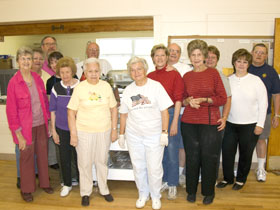 On the Morning of May 8, 2004 Nearly Twenty Parishoners Gathered in the Church Hall to Make Prosphora (a Word Meaning "Offering"), or Church Bread. This Bread or Prosphora Must Be Leavened (as Christ Himself Used Leavened, Not Unleavened Bread, for the Celebration of the Mystery of Holy Communion), Pure, and Made of Wheat Flour. The Prosphora Must Be Round and Is Formed Into Two Parts, One Above the Other, As An Image of the Dual Natures of Jesus Christ - Divine and Human. On the Flat Surface of the Upper Part of the Prosphora a Seal of the Cross is Impressed, and in the Four Sections are Thus Formed the Initial Greek Letters of the Name "Jesus Christ," IC XC, and the Greek Word NIKA, Which Means "Jesus Christ Conquers."
On the Morning of May 8, 2004 Nearly Twenty Parishoners Gathered in the Church Hall to Make Prosphora (a Word Meaning "Offering"), or Church Bread. This Bread or Prosphora Must Be Leavened (as Christ Himself Used Leavened, Not Unleavened Bread, for the Celebration of the Mystery of Holy Communion), Pure, and Made of Wheat Flour. The Prosphora Must Be Round and Is Formed Into Two Parts, One Above the Other, As An Image of the Dual Natures of Jesus Christ - Divine and Human. On the Flat Surface of the Upper Part of the Prosphora a Seal of the Cross is Impressed, and in the Four Sections are Thus Formed the Initial Greek Letters of the Name "Jesus Christ," IC XC, and the Greek Word NIKA, Which Means "Jesus Christ Conquers."
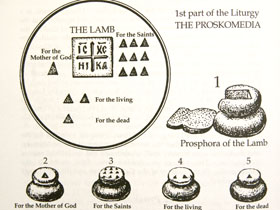 The First Part of the Divine Liturgy is Called the Proskomedia (Meaning "Offering" as Well). It Is Celebrated Privately by the Priest in the Sanctuary at the Table of Oblation. Five Prosphoras are Used in the Proskomedia to Recollect the Five Loaves With Which Christ Fed Five Thousand. For Communion Only One Prosphora is Used [Called the Lamb - (please see photo right)] - for in First Corinthians 10:17 We Read "One Loaf, and We Many Are One Body; For All Have Partaken of Only One Loaf." Therefore This Prosphora Must Correspond in Size to the Number of Communicants. From the Second Prosphora Father David Cuts Out One Portion in Honor of the Mother of God. From the Third Prosphora, Which is Called "That of the Nine Ranks," Are Taken Nine Portions in Honor of the Saints - John the Baptist, the Prophets, the Apostles, the Hierarchs, the Martyrs, the Monastic Saints, the Unmercenaries, the Parents of God, Joachim and Anna, the Saint Commemorated That Day, and Finally the Saint Whose Liturgy is Being Celebrated. From the Fourth Prosphora Portions Are Removed for the Hierarchs, the Priesthood and All the Living. From the Fifth Prosphora, Portions are Taken for Those Orthodox Christians Who Have Reposed. Finally, Portions Are Removed From Those Prosphoras Donated by the Faithful as the Names of the Living and the Dead Are Read Simultaneously for the Health and Salvation and the Repose of the Servants of God.
The First Part of the Divine Liturgy is Called the Proskomedia (Meaning "Offering" as Well). It Is Celebrated Privately by the Priest in the Sanctuary at the Table of Oblation. Five Prosphoras are Used in the Proskomedia to Recollect the Five Loaves With Which Christ Fed Five Thousand. For Communion Only One Prosphora is Used [Called the Lamb - (please see photo right)] - for in First Corinthians 10:17 We Read "One Loaf, and We Many Are One Body; For All Have Partaken of Only One Loaf." Therefore This Prosphora Must Correspond in Size to the Number of Communicants. From the Second Prosphora Father David Cuts Out One Portion in Honor of the Mother of God. From the Third Prosphora, Which is Called "That of the Nine Ranks," Are Taken Nine Portions in Honor of the Saints - John the Baptist, the Prophets, the Apostles, the Hierarchs, the Martyrs, the Monastic Saints, the Unmercenaries, the Parents of God, Joachim and Anna, the Saint Commemorated That Day, and Finally the Saint Whose Liturgy is Being Celebrated. From the Fourth Prosphora Portions Are Removed for the Hierarchs, the Priesthood and All the Living. From the Fifth Prosphora, Portions are Taken for Those Orthodox Christians Who Have Reposed. Finally, Portions Are Removed From Those Prosphoras Donated by the Faithful as the Names of the Living and the Dead Are Read Simultaneously for the Health and Salvation and the Repose of the Servants of God.
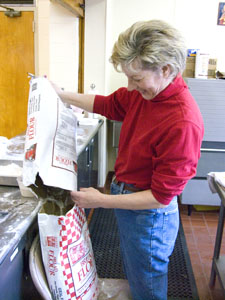 |
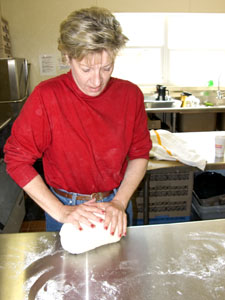 |
 |
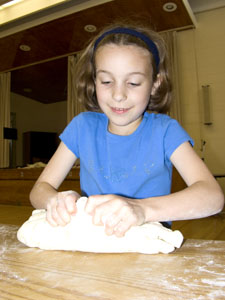 |
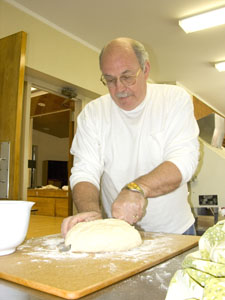 |
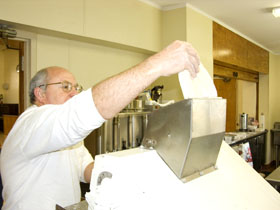 |
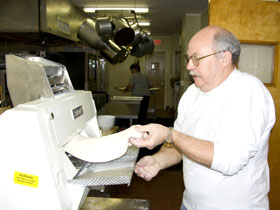 |
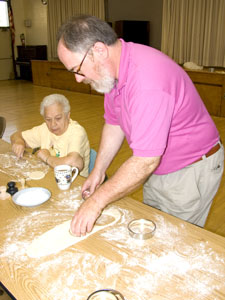 |
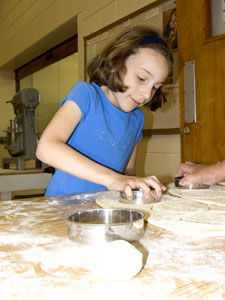 |
 |
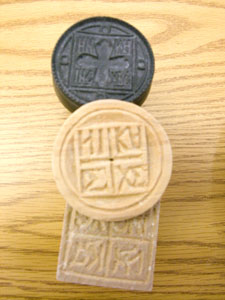 |
 |
 |
 |
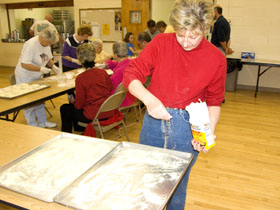 |
 |
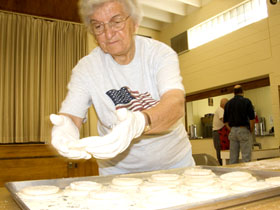 |
 |
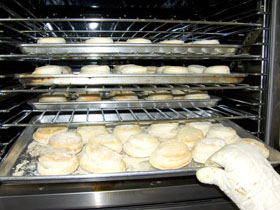 |
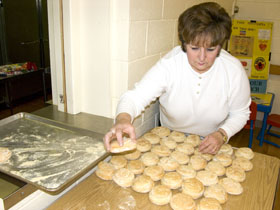 |
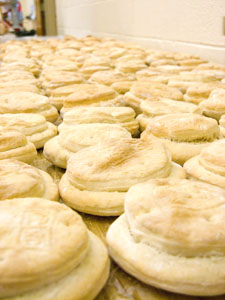 |